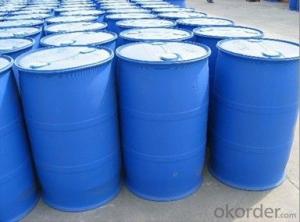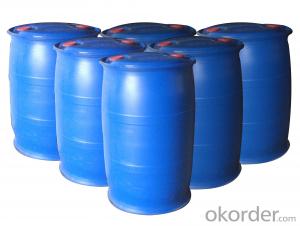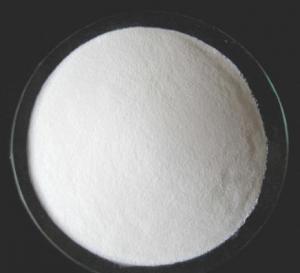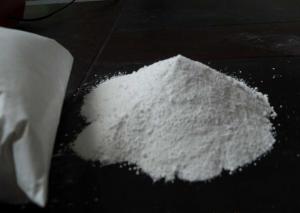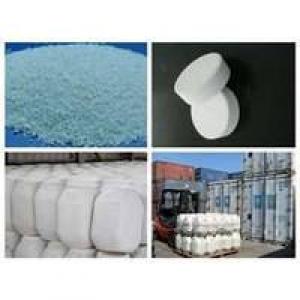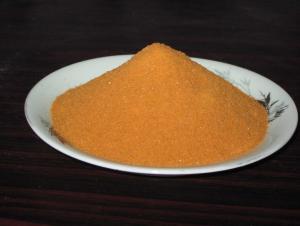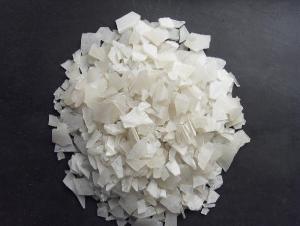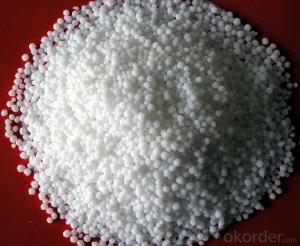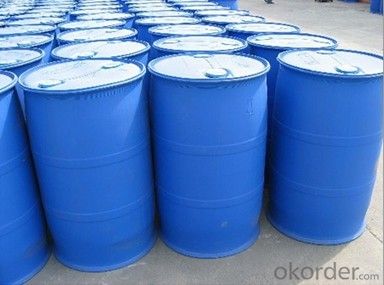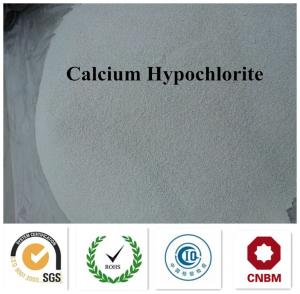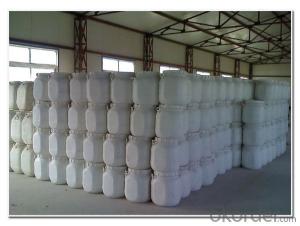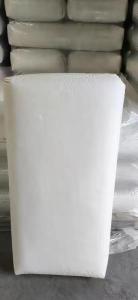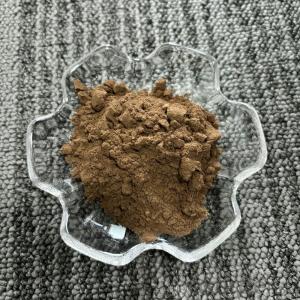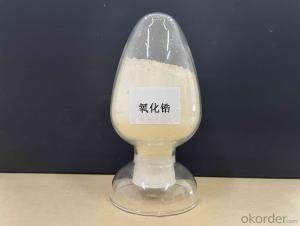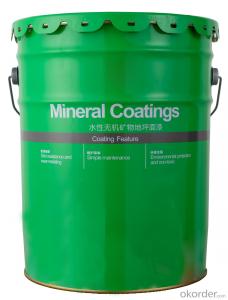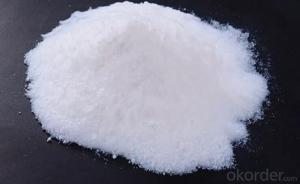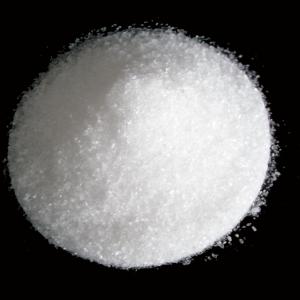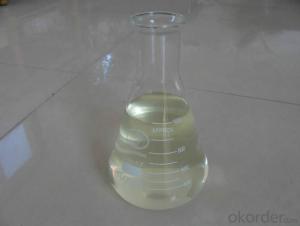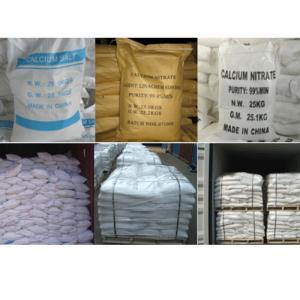Sodium Gluconate Chemical Liquid Construction Chemical
- Loading Port:
- China main port
- Payment Terms:
- TT OR LC
- Min Order Qty:
- 1000 kg
- Supply Capability:
- 500000 kg/month
OKorder Service Pledge
OKorder Financial Service
You Might Also Like
| 30% liquid sodium gluconate |
Technical Index: Q/140700RHP001-2007
White or light yellow liquid
Concrete Retardation, Paul plastic, plating complexing agent, water stabilizer, printing and dyeing industry are color agent,Iron steel surface treatment agent
|
Items | Specification (tech grade) |
Description | white or yellow crystalline powder or granula |
Identification | meets the requirements |
Loss on dry | ≤1.0 % |
Reducing substances
| ≤0.5% |
Sulfate | ≤0.05 % |
Chloride | ≤0.07 % |
Pb | ≤0.001 % |
Heavy metals | ≤0.002 % |
Assay | ≥98.0 % |
FAQ
1.Q: What is MOQ?
A: Our MOQ is 1 TON.
2.Q: Could you offer free sample?
A: We can provide free samples to you for quality testing.
3.Q: What about your packing?
A: For liquid: Flexitank, or IBC tank 1000L
For powder:Woven fabric bag with plastic film liner( 25kg or 1000kg)
Clients’ packing is workable.
4.Q: How about your productive capacity?
A: 150000 tons/Year.
5.Q: What is your delivery time?
A: Within 7 days after received deposit or L/C at sight.
- Q:What is the inorganic salt
- The main sources of various inorganic salts and the lack of the main performance (1) sodium sodium is the main ingredient of salt.China's nutrition society recommended adults over 18 years of age sodium intake of 2.2 grams per day, the elderly should take light food Sodium is commonly found in a variety of foods. The main sources of sodium are sodium, soy sauce, pickled foods, smoked foods, salty foods, etc. (2 Calcium is an important part of bone. Disease, osteoporosis, etc .. China Nutrition Society recommended adults aged 18-50 adult calcium intake of 800 mg per day; 50 years of age in the elderly 1000 mg.General calcium-rich foods are milk, yogurt, Oatmeal, sea cucumber, shrimp, wheat, soybean meal, soy products, lily, etc. (3) magnesium is the necessary elements to maintain the structure and function of bone cells.Magnesium deficiency can lead to nervous tension, emotional instability, muscle tremor and so on. (4) Phosphorus is an important part of the composition of bones and teeth. (4) Phosphorus is an important component of bone and teeth. (4) Phosphorus is an important component of bone and teeth. Severe phosphorus deficiency can lead to anorexia, anemia, etc. China Nutrition Society recommended adults over 18 years of age the appropriate intake of phosphorus is 700 mg. Common phosphorus-containing foods are lean meat, eggs, milk, animal offal, kelp, Nuts, coarse grains. (5) Iron is the most content of trace elements in the human body, iron and the human body's life and its health are closely related to iron deficiency will lead to iron deficiency anemia, immunity decreased. China Nutrition Society recommended 50 years old More than men's or women's iron daily intake of 715 mg. Common iron-rich foods are animal liver, kidney, caviar, lean meat, potatoes, wheat bran.
- Q:An inorganic salt is dissolved in water and yields a solution that has a color. Make a statement about the type of element the substance contains that casuses the color.Thanks!
- Many inorganic salts form colored solutions . pper ( II) sulfate ( Blue ) nickel (II) acetate = green, mangaanse ( II) chloride = pink, iron(III) chloride = yellow, potassium dichromate, orange and so many more Can you be more specific ?
- Q:CuMnFeNior ZnAlso metal calcium reacts with molecular hydrogen to form a compound. Which statement concerning this compound is not true?It's formula is CaH2it is ionicsolid at room tempwhen added to water, reacts to produce h2 gaswhen added to water, forms acidic solutionMy guess was going to be that it is not ionic, but i'm not 100% positive.Can anyone help me with these chemistry questions? Or atleast point me to some webpage that might help. Please and thank you.
- Only Zn compounds form colorless or white salts. The second question would be the last answer, which is false. It forms an alkaline solution when added to water.
- Q:what is the function of the organic part of bone matrix?of the inorganic part(bone salts)?
- The organic part is cells that produce bone matrix (inorganic) with excess calcium and phosphorus, and break down the bone salts when the calcium is needed elsewhere in the body. The inorganic matrix provides protection, support and structure for the body. And, actually, red bone marrow is the place where formed elements of the blood are manufactured. Dude, this is not exactly botany. :-P
- Q:what is the function of salts in DNA extraction?
- The role of the salt is to neutralize the charge of the DNA's sugar phosphate backbone. This makes the DNA less hydrophilic (less soluble in water). Ethanol has a lower dielectric constant than water so it's used to promote ionic bonds between the Na+ (from the salt) and the PO3- (from the DNA backbone) causing the DNA to precipitate, to extract DNA finally..
- Q:Nutritional characteristics of carbohydrates and inorganic salts in vegetables
- Inorganic salts: its rich, such as calcium, phosphorus, iron, potassium, sodium magnesium, copper, is an important source of inorganic salts, to maintain the body's role in acid-base balance play an important role. Green leafy vegetables generally contain more than 100mg / 100g. But should pay attention to the removal of part of the oxalic acid during cooking, may be conducive to the absorption of inorganic salts.
- Q:Does the plant absorb some of the inorganic salt?
- While the plant absorbs inorganic salts through the way of active transport, the process requires the carrier and the need to consume the energy generated by cell metabolism.
- Q:What to eat can promote the absorption of inorganic salts
- The inorganic salt is required to enter the carrier in the cell membrane that requires the cell membrane
- Q:Is iodized salt inorganic or organic?
- "Iodized salt" is sodium chloride which contains minute amounts of iodine-containing salts. The most commonly added iodine salts are: potassium iodate, potassium iodide, sodium iodate, and sodium iodide. All of these compounds are inorganic. By the way, while methyl iodide is organic, it is not a salt.
- Q:What is the risk of low inorganic salt?
- Phosphorus into the body of phosphorus containing 750-800mg about 1% of body weight, mineral weight of 1/4. Of which 87.6% in the form of hydroxyapatite bone salt stored in the bones and teeth, 10% with protein, fat, sugar and other organic matter combined constitute soft tissue, the rest distributed in the muscle, skin, nerve tissue and other tissues and membranes Of the ingredients. Function Phosphorus is present in every cell of the human body, which is indispensable for bone growth, tooth development, renal function and nerve conduction. Phosphorus is a component of nucleic acids, phospholipids and certain enzymes, which promotes growth and tissue repair. It helps carbohydrate fat and protein utilization, regulates glycogen breakdown, and participates in energy metabolism. Phospholipids are the major components of the cell membrane, which are related to the permeability of the membrane. Phosphate can regulate the metabolism of vitamin D, to maintain the stability of calcium within the environment. Lack of disease phosphorus deficiency when the mental confusion, cranial nerve palsy, transport disorders, muscle weakness, hypothyroidism, anorexia, joint stiffness, abnormal blood, urinary calcium increased. Typical cases hyperphosphatemia, renal dysfunction, or hypoparathyroidism and hypothyroidism and other endocrine diseases can also occur. Too many symptoms nerve excitement, tetany and convulsions. The physiological requirement of phosphorus is 12.3mg / kg / d. Calcium / phosphorus ratio in the 2: 1-1: 2 appropriate range. Food sources food in the meat, fish, milk, beans and hard shells and other phosphorus more.
1. Manufacturer Overview |
|
|---|---|
| Location | |
| Year Established | |
| Annual Output Value | |
| Main Markets | |
| Company Certifications | |
2. Manufacturer Certificates |
|
|---|---|
| a) Certification Name | |
| Range | |
| Reference | |
| Validity Period | |
3. Manufacturer Capability |
|
|---|---|
| a)Trade Capacity | |
| Nearest Port | |
| Export Percentage | |
| No.of Employees in Trade Department | |
| Language Spoken: | |
| b)Factory Information | |
| Factory Size: | |
| No. of Production Lines | |
| Contract Manufacturing | |
| Product Price Range | |
Send your message to us
Sodium Gluconate Chemical Liquid Construction Chemical
- Loading Port:
- China main port
- Payment Terms:
- TT OR LC
- Min Order Qty:
- 1000 kg
- Supply Capability:
- 500000 kg/month
OKorder Service Pledge
OKorder Financial Service
Similar products
New products
Hot products
Related keywords
